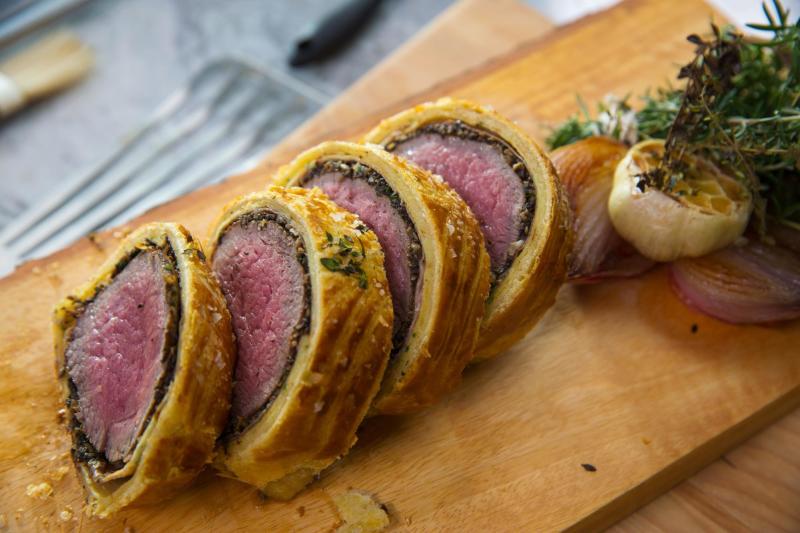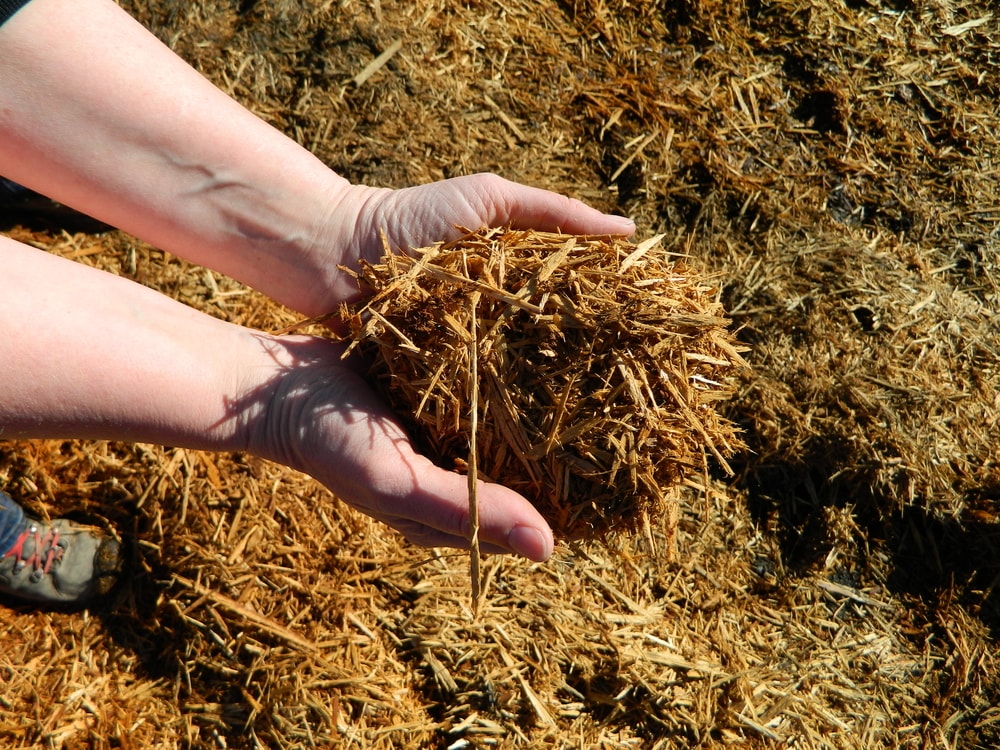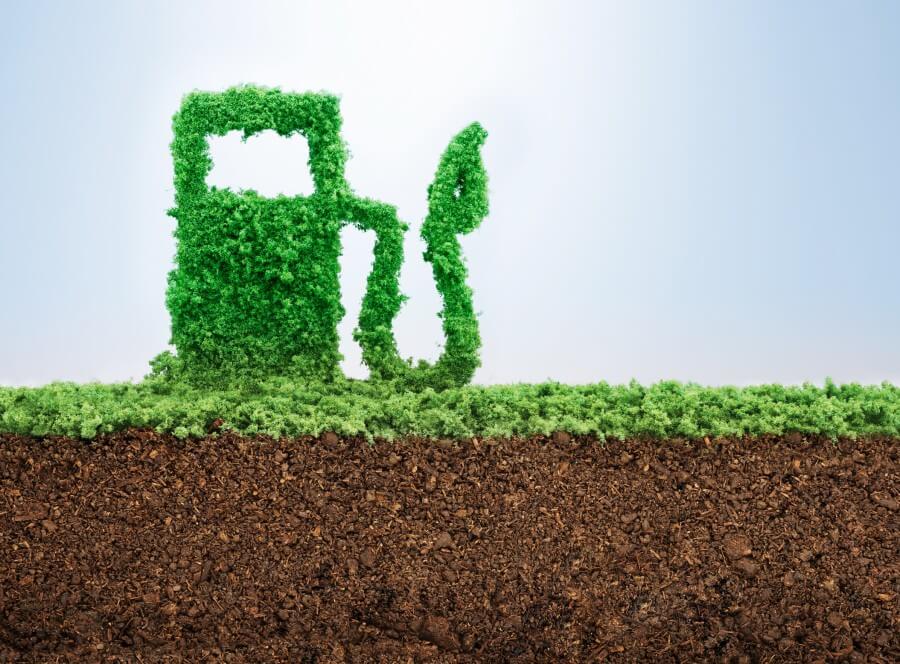Last week, on Friday 2nd of August some year 8's,9's and 10's had the privledge of meeting/going to workshops of two fantastic authors (Eileen Merriman and Mandy Hager). The workshops were set at the Turanga Libary, it included several schools different which went to the workshops as well. I enjoyed the visit very much, I love to read that is why visiting this library [which I've never been to before] with an astoning amount of books was very thriling and exciting to me. (They had mangas too....I mean come on...and chess...) On top of that we get to meet authors, which they then share their expirience which contributes to my knowledge about writing as I love to write. The first author was Eileen Merriman who wrote Invisibly Breathing "A moving story about unconventional love, bullying and being true to yourself." as quoted. Her book focused on bullying how the characters faced their challenging lives; also focusing on gay fiction genre, how they are treated int the world. She talked about her experiences, her life and how she got to be an author.
It was an interesting story, we took notes while she spoke, there were a couple of sentences that I have writen but most have been kept in mind. However, Mrs.Handley [the teahcer supervising us] took notes on most if not all of what Eileen Merriman had talked to us about.

After the first workshop there was a break where we were allowed to wander around the library, eat and play. I looked at several shelves; going to the second floor and so on; wandered around and played with a friend [Lasa] who came to the workshop as well; it was table foot ball that we played. An old game but such fun. The break then finishes and the next author in the workshop was Mandy Hager, the author of Ash Arising, it was a sequel to her another book she has written titiled The Natre of Ash. The two focused and was based on New Zealand being a currupted nation and wars being battled in and over it. They are higly political and action packed novels that I very likely enjoy to read as I do like a bit of politics every now and then.
(I enjoy debates especially the ones from my country Philippines, 2016 Philippine presidential debates were they bests for me. Not to spark conflics, but in my opinion the current president has been done the most impact on the country, in positive ways. Pres. Duterte and the deceased Sen.Miriam Snatiago are my favourite politicians.)
Again the amazing Mrs. Handley managed to write quite the plentiful amounts of notes again regerding the Mandy Hager and Ash Arising.
At the end of the workshops I thought about what I would enjoy writing, as Eileen Merriman advices to write what you want to read. The thought has nt some to me yet, the spark that I wait for has not gone off. Nonetheless I keep thinking about topics and problems that I want to bring a light on.

























